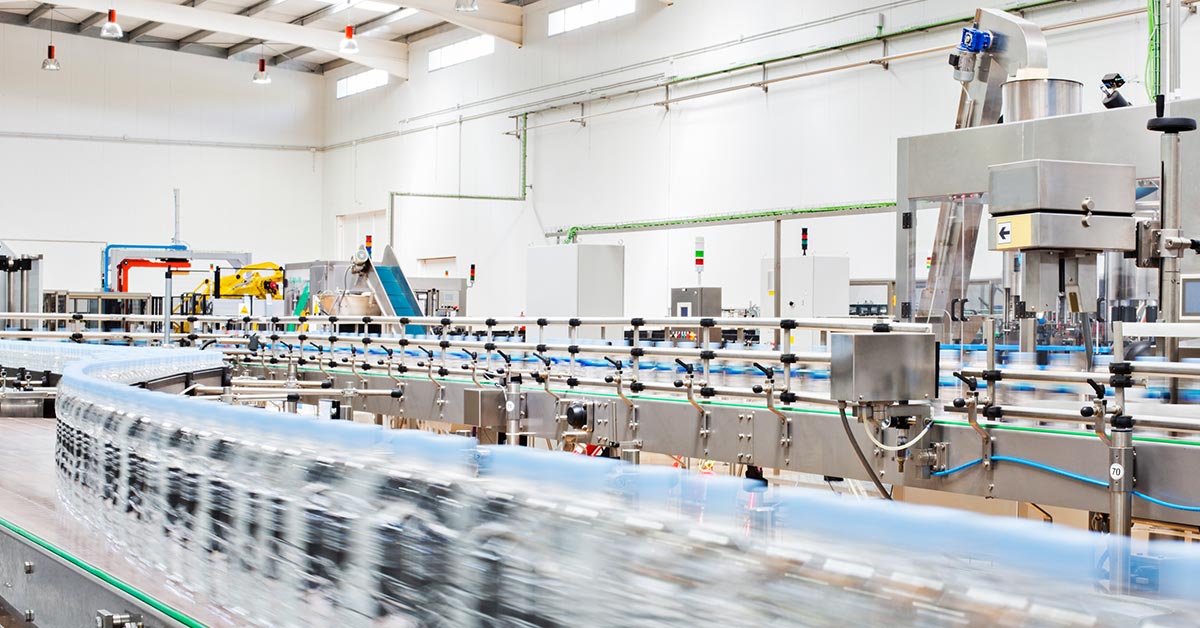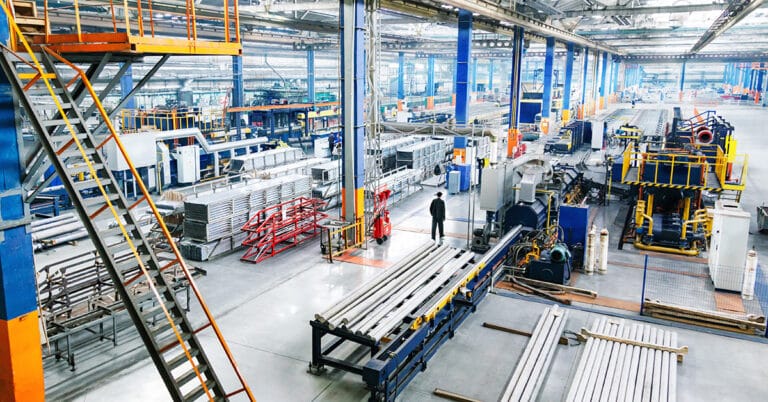Most manufacturers are very focused on efficiency. This is the activity of maximizing the output of a process for a given level of input. It’s sometimes conflated with effectiveness, which is about doing the things that have most impact or are most important.
An efficient organization runs machines hard to maximize output. An effective organization focuses on satisfying customer expectations. The former could produce a lot of nonconforming product very efficiently, while the latter could have satisfied customers but low or negative margins.
Efficiency vs. effectiveness — let’s define and compare the two, cover the importance of striking a balance between them and outline some strategies for improvement. Maintenance effectiveness vs. efficiency is covered where relevant.
Defining effectiveness in manufacturing
Being effective is about achieving desired results. Quality statistics and warranty claims are measures of how effectively a business meets customer needs. Delivery performance is another, and customer satisfaction could also be measured, perhaps by surveys or some measure of repeat orders or customer loyalty.
A maintenance organization might be considered effective when the ratio of unplanned to total downtime is low, indicating most downtime is due to planned causes such as preventive maintenance. (An Overall Equipment Effectiveness measure would consider total downtime as a percentage of time available.)
Other measures could be the percentage of breakdown maintenance to preventive maintenance, and a commonly used financial measure, total maintenance costs as a percentage of replacement asset value (RAV).
Defining efficiency in manufacturing
In manufacturing, efficiency is generally a matter of resource utilization, because this maximizes the output-to-input ratio. A process is running efficiently when nonproductive time is minimized, output is maximized and material yields (the proportion of raw material converted to finished product, expressed as a percentage), are high.
A measure of maintenance efficiency used in some organizations is wrench-time percentage. This measures the proportion of time technicians spend working on machines, rather than completing paperwork and hunting for tools, parts and information.
Comparing effectiveness and efficiency
These definitions show that effectiveness and efficiency are two different concepts. The former relates to how well goals are met, while the latter is about minimizing waste. Where they overlap is that an ineffective organization is automatically wasteful or inefficient, because resources are being directed to the wrong activities, not being used as intensively as they should be or a combination of the two.
Two examples will illustrate how effectiveness and efficiency can come into conflict.
1. Customer requests for unique or novel features: Customizing is disruptive and requires considerable labor and material. While it might improve effectiveness, as measured by customer satisfaction, it reduces efficiency in manufacturing.
2. Reduced time for equipment inspection: While often part of preventive maintenance, inspection takes time and reduces technician efficiency. Allowing less time for this task raises efficiency but also increases the risk of breakdown, which would reduce the effectiveness with which customer orders are satisfied.
Importance of balancing effectiveness and efficiency
The ideal situation is to be effective and efficient. However, as both usually require trade offs, managers need to find a balance. This means focusing on doing what the business needs (effectiveness), but at the same time, performing every activity as efficiently as possible.
A focus on effectiveness — doing what the business needs — will lead to growth if customer satisfaction rises. However, ensuring this growth is profitable depends on the efficiency realized at each operation. Addressing both will lead to sustainable growth and competitive advantages.
Strategies for improving effectiveness
Effectiveness is raised by focusing on quality management and employee training and development.
A Quality Management System (QMS) addresses how activities are performed (through Standard Operating Procedures, SOPs) and detection of nonconforming product (through quality control in manufacturing operations). By mandating best practices, SOPs eliminate variability in how work is done. Quality control is the discipline of inspecting product to find anything not meeting required standards. An effective QMS reduces waste and improves overall equipment effectiveness.
A key element of every QMS is ensuring employees have the knowledge and skills to perform their assigned tasks correctly. While this grows with experience in a role, labor turnover means there is always a need for production worker and maintenance technician training.
Strategies for improving efficiency
Engineers often look for and make improvements in manufacturing efficiency in response to a problem, a request, or new information or equipment becoming available. A more effective approach is to adopt two strategies that will yield ongoing improvements: Lean manufacturing (often in conjunction with Six Sigma) and investment in automation and new manufacturing technology.
Lean seeks to eliminate all forms of waste. The intention is that Lean thinking becomes deeply ingrained in the culture, making continuous improvement a natural part of how everyone goes about their jobs. Improvement is generally incremental, but over time results in increased operational efficiency in manufacturing.
Automation is about replacing human labor with PLCs, computers and handling systems that manage processes and move parts and materials. This lets a small number of people oversee a large number of machines or processes, so increasing labor efficiency. Automated equipment often runs faster than older, mechanized machines, which also contributes to higher efficiency.
Closely related, new manufacturing technologies can increase material yields, improve product quality and function and speed up production. (3D printing is an example of such a technology.) However, automation and new technologies increase demands on the maintenance function and require technician training.
Leverage maintenance for higher efficiency and effectiveness
The difference between efficiency and effectiveness in production is important. Efficiency matters because maximizing the output from scarce resources drives costs towards their minimum. Businesses must, however, guard against doing the wrong or unnecessary things in an efficient manner, which is the essence of effectiveness.
In modern manufacturing organizations the maintenance function plays a vital role in achieving both efficiency and effectiveness and is something that itself needs doing both efficiently and effectively. ATS helps manufacturers across many different industries to improve their maintenance operations. Contact us to find out how we could help you meet your operational goals.






